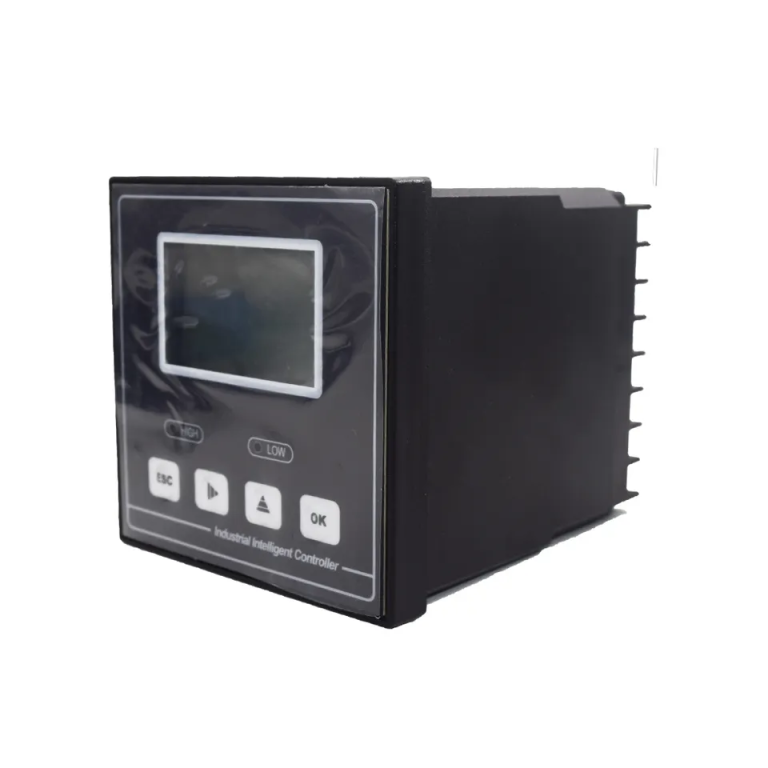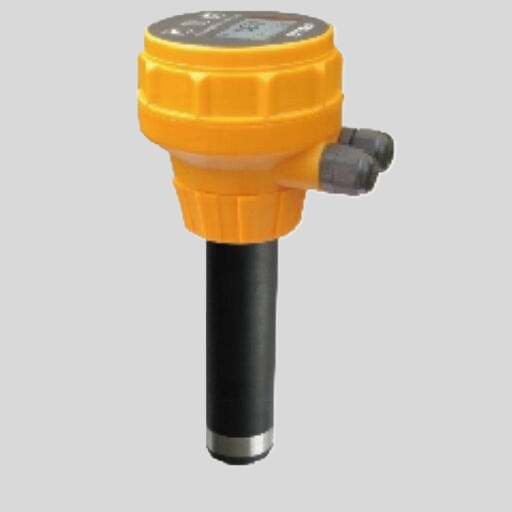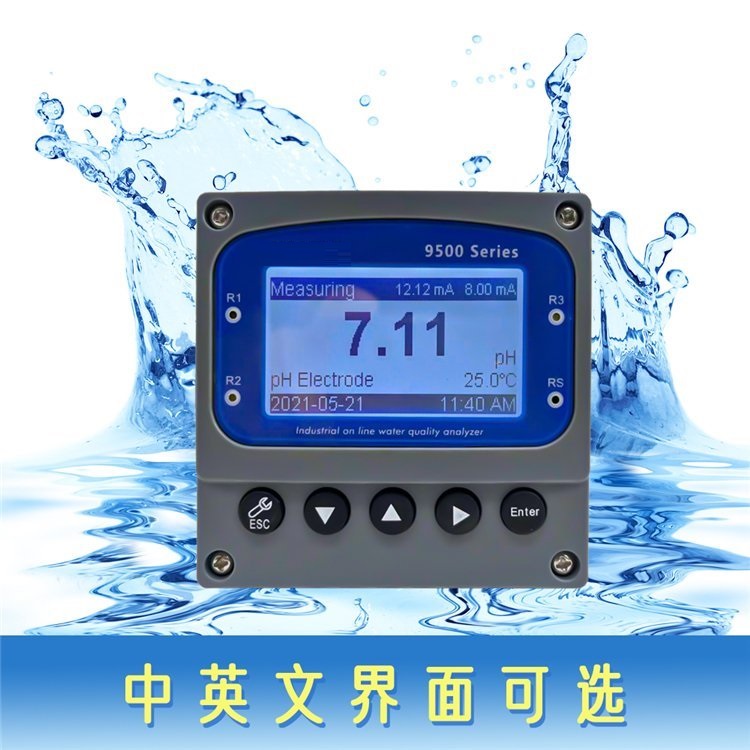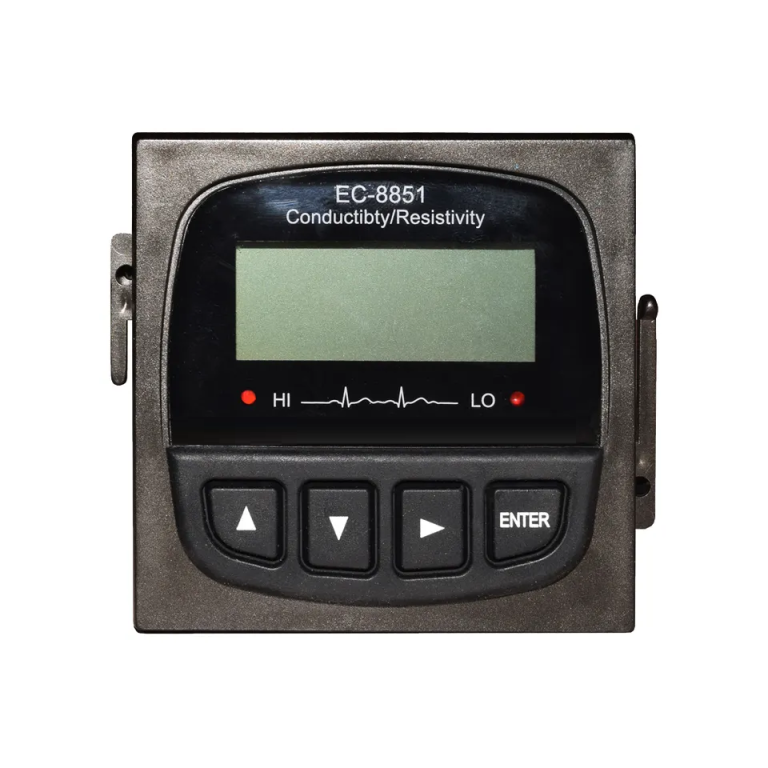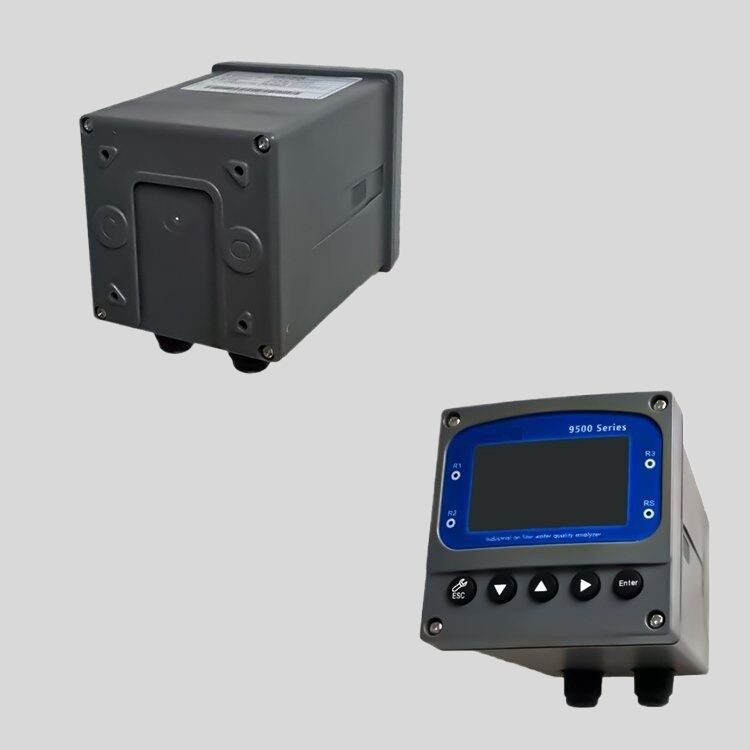Signs of a bad foot valve: reduced water flow, frequent pump cycling, air in the water system, and difficulty priming the pump.
Signs of a Faulty Foot Valve in a Water System
A foot valve is an essential component of a water system, as it helps maintain the prime of a pump and prevents backflow. However, like any mechanical device, foot valves can wear out or become faulty over time. It is important to be able to recognize the signs of a bad foot valve to ensure the proper functioning of your water system.
One of the most common signs of a faulty foot valve is a loss of prime. When a foot valve is working correctly, it creates a seal that prevents water from flowing back into the well or source. However, if the foot valve is damaged or worn out, it may not create a proper seal, causing the water to flow back and lose prime. This can result in a decrease in water pressure or even a complete loss of water flow.
Another sign of a bad foot valve is a decrease in water pressure. If you notice that the water pressure in your system has significantly decreased, it could be an indication that the foot valve is not functioning properly. A faulty foot valve may not be able to maintain the necessary pressure to keep the water flowing smoothly, resulting in a decrease in water pressure throughout the system.
In addition to a loss of prime and decreased water pressure, a bad foot valve can also cause excessive noise in the water system. If you hear loud banging or knocking sounds coming from your pipes or pump, it could be a sign that the foot valve is not closing properly. This can cause water hammer, which is a sudden increase in pressure that occurs when the flow of water is abruptly stopped. Water hammer can not only be noisy but also damaging to the pipes and other components of the water system.
Furthermore, a faulty foot valve can lead to an increased risk of contamination in the water system. A properly functioning foot valve prevents backflow, ensuring that water from the system does not flow back into the source. However, if the foot valve is not working correctly, it may allow contaminated water to enter the system, posing a health risk to those using the water. It is crucial to address any issues with the foot valve promptly to prevent contamination and ensure the safety of the water supply.
| Model: Manual Softener Valve | MSD2 | MSS2 | MSD4 | MSD4-B | MSD10 |
| Working Position | Filter-> Back Wash-> Fast Rinse ->Filter | ||||
| Regeneration mode | Manual | ||||
| Inlet | 3/4” | 3/4” | 1” | 1” | 2” |
| Outlet | 3/4” | 3/4” | 1” | 1” | 2” |
| Drain | 3/4” | 3/4” | 1” | 1” | 2” |
| Base | 2-1/2” | 2-1/2” | 2-1/2” | 2-1/2” | 4” |
| Riser pipe | 1.05” OD | 1.05” OD | 1.05” OD | 1.05” OD | 1.5”D-GB |
| Water Capacity | 2m3/h | 2m3/h | 4m3/h | 4m3/h | 10m3/h |
| Working Pressure | 0.15-0.6Mpa | ||||
| Working Temperature | 5-50° C | ||||
| Power Supply | No need Power | ||||
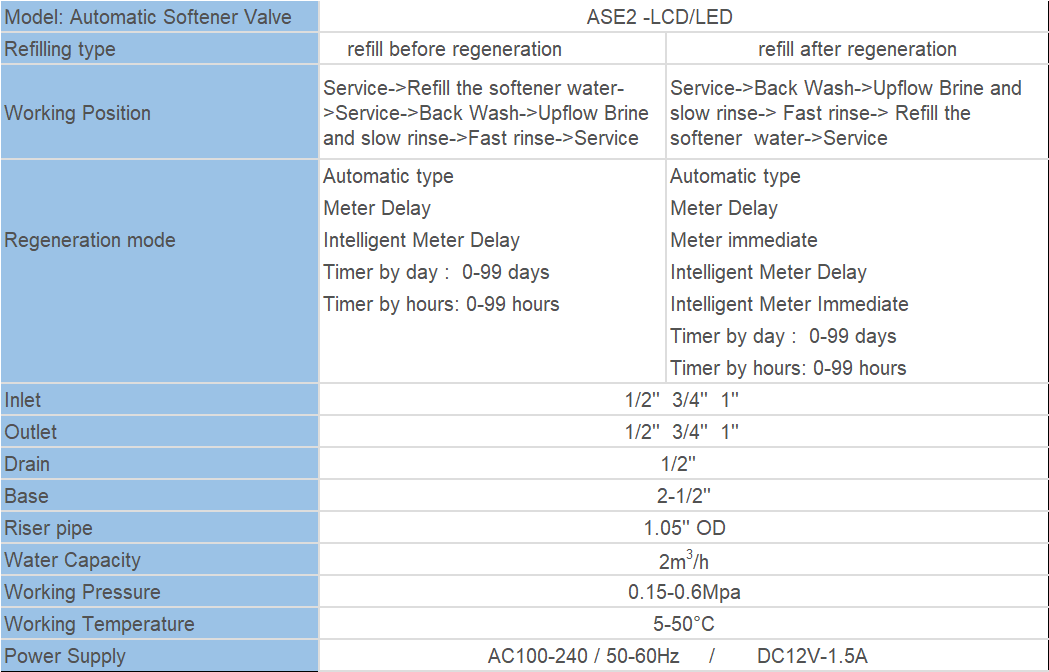
In conclusion, recognizing the signs of a faulty foot valve is crucial for maintaining the proper functioning of a water system. Loss of prime, decreased water pressure, excessive noise, and an increased risk of contamination are all indicators that the foot valve may be bad. If you notice any of these signs, it is important to have the foot valve inspected and repaired or replaced if necessary. Regular maintenance and inspection of the foot valve can help prevent issues and ensure the longevity of your water system.

